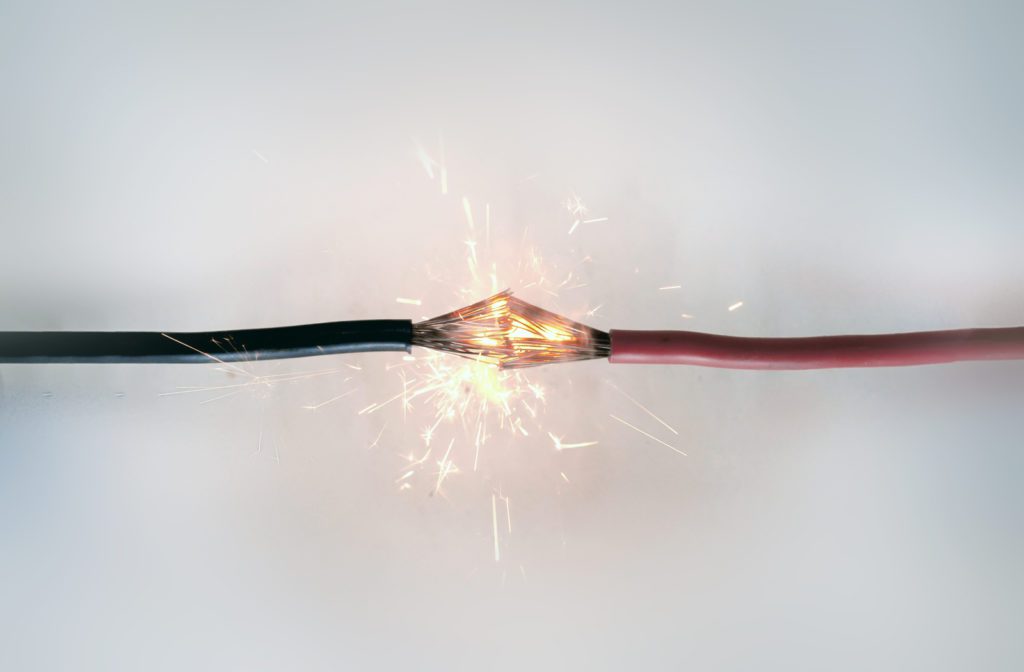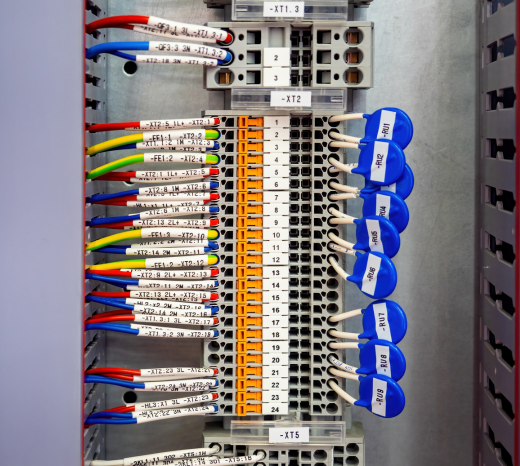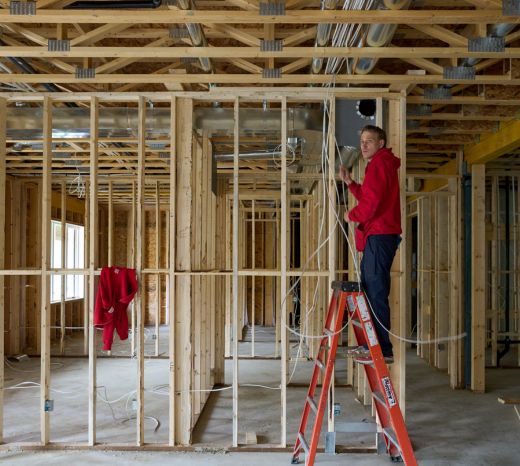Electrical fires account for about 3,000 structural fires in Canada every year, so electrical problems need to be taken seriously and addressed as soon as they become apparent. That means homeowners need to get better at recognizing electrical problems before they can become significant hazards. But where should you start?
Right here, that’s where. We’ve taken the liberty of providing you with a list of what common household electrical problems look like, along with some tips on how to fix them. Use what you learn here to be proactive about any electrical issues you encounter, and don’t be afraid to call in the pros if you get in over your head!
10 Signs You Have Electrical Issues
You may be experiencing electrical problems in your home if you notice any of the following:
- Tripping Breakers
It’s normal for circuit breakers to trip the odd time, because they’re designed to do that when they’re overloaded. But if your breaker is tripping all the time, something’s wrong. It could be the wiring in your home (which we’ll talk about later), but before jumping to that conclusion, make sure you don’t have too many high-draw appliances plugged into the same circuit.
- Flickering Lights
Lighting circuits are generally rated lower than those with outlets, so lights that flicker or buzz can be early indicators for many electrical problems. If you notice your lights flickering or buzzing loudly, check to make sure your circuit isn’t overloaded. You may also want to check the connections on individual fixtures if the problem appears to be localized—otherwise, you may have abnormal voltage fluctuations that require professional help to fix.
- Burning Smells
Burning smells most often occur when the wires in an electrical system become hot enough to melt the plastic sheath around them. To replace melted sheathing in an electrical fixture, you’ll need:
- A wire stripper
- A short length of non-metallic cable
- Heat shrinkable tubing
- A heat gun
Don’t attempt to quickly fix this issue by wrapping the melted sheathing in electrical tape. Instead, call an electrician if you don’t feel comfortable replacing the melted sheathing yourself.
- Hot Outlets
Hot outlets are also usually the result of melted wiring. In some cases, your breaker may shut an outlet’s circuit down when there is a bad connection or too much heat—but if this does not happen, scorching and even electrical fires can occur.
It’s natural for electrical outlets (especially dimmer switches) to produce some warmth, but they should never get hot to the touch. Prevent this issue by checking the wattage on any dimmer switches you install, and immediately unplug anything connected to an outlet that gets too hot until you can have an electrician check it.
- Loose Outlets
A loose outlet might not seem like much to worry about, but it can mean the contact points designed to safely hold plugs in place during use are damaged. Since damaged contact points can create additional heat and electrical resistance, this can cause the circuit a loose outlet is on to trip—and may eventually pose a fire hazard. The best thing to do here is to replace the affected outlet with a new one, but make sure you turn the power off first!
- Electric Shocks
Have you ever touched a ceiling fan or lamp and received a nasty surprise in the form of an electrical shock? If so, the outlet that fixture is plugged into might not be grounded properly. Confirm this by purchasing a tester from your local hardware store, then ground the outlet yourself using these steps or contact your electrician for help.
- Improper Receptacles
Did you know that different outlets are rated for different amperages? You do now. Receptacles on most household circuits are rated for either 15 or 20 amps (20-amp outlets have a tiny horizontal “T” on one of their vertical slots).
It’s okay to plug a 15-amp outlet into a 20-amp circuit, but not the other way around, since connecting a 20-amp appliance to a circuit that only delivers 15-amps of power can trip your breaker or even cause an electrical fire. Solve this by checking the amperage on all your circuits and making sure your outlets match.
- Damaged Wires
Wiring is often damaged by common household pests like mice and rats. If your home has ever had a problem with rodents, birds, or other destructive vermin, make sure to check for exposed wires. These will need to be replaced by a licensed professional electrician, and you’ll need to implement some measures to keep unwanted animals out of your home so future damage can be avoided.
- Loose or Tangled Wiring
Messy wires generally conduct electricity just as well as neat ones, but they can also be a sign that your home’s electrical work was rushed. If you notice major tangles in your home’s wiring, it’s worth having a home electrical inspection performed so you can verify that everything is safe.
- Non-Standard Electrical Products
Purchasing discount power strips and extension cords might seem like an easy way to save some money, but many of these products fail to meet important safety standards. Always check these items for a seal from the Underwriters Laboratory, which provides testing, inspection, and certification for products and components. If your product doesn’t have one—or if you suspect it might be fake—replace it ASAP.
Don’t Be Shocked By Household Electrical Problems
It’s easy to take the electrical systems in your home for granted, but it’s essential to learn how to recognize problems with them so you can avoid potentially dangerous incidents. Use what you’ve learned above to get started, and remember: professional help is just a call away if you need it.




